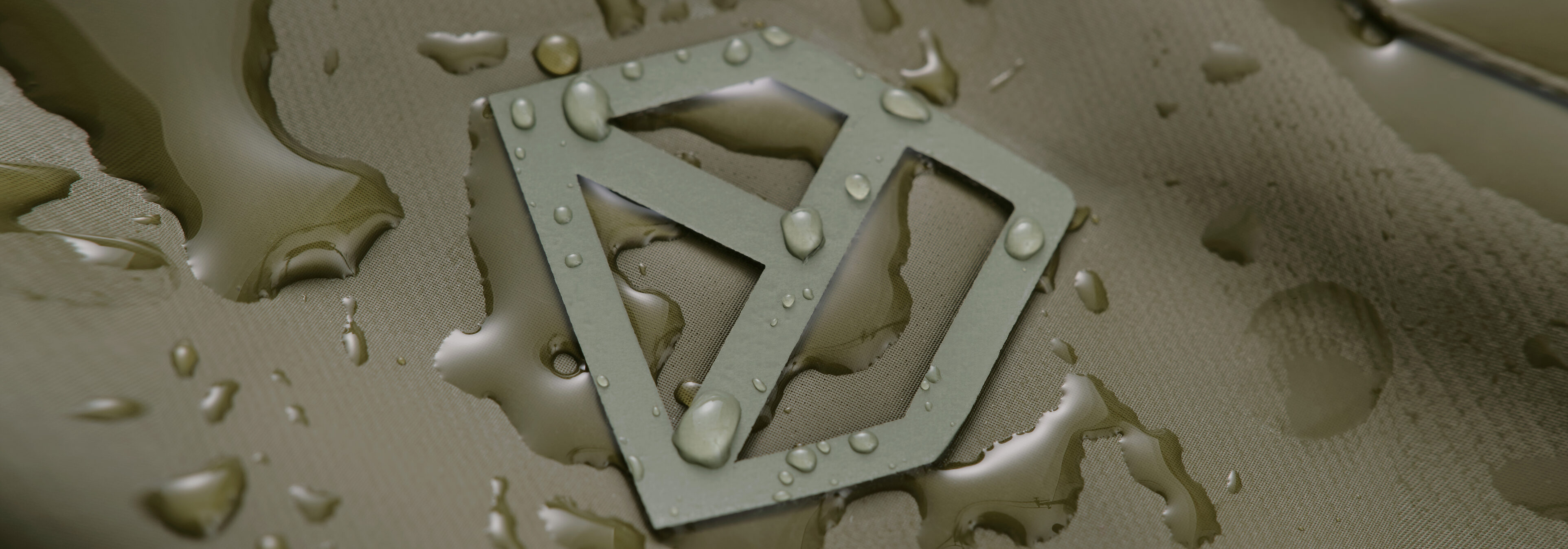
WATERPROOF JACKETS
100% waterproof constructions
We have been producing waterproof garments to protect against rain, wind and cold since 1913. Read about how our product team develop and create waterproof clothing that keeps you dry, even in the worst of storms.
Taped or welded seams
In addition to fabric that keeps out the wet, the seams must also be waterproof, since they are the most vulnerable areas on a waterproof garment. We plan the positioning of seams with great care in order to avoid rain seeping through and getting you wet.
As the seams incorporate the cut edges of the waterproof fabric and also holes from the sewing needle, these are areas where water can penetrate. We always tape or weld all seams on our waterproof garments, even seams that are not directly exposed to rain, in order to guarantee the water repellency of the garment.
In 1947 a machine was invented that could weld textiles together. We were one of the first companies to begin using this new technology, which revolutionised production. For the first time, we could now offer 100 % waterproof garments with welded seams. A technique we still use today.
Watertight and protected zips
Our zips are always watertight, and many of our garments also feature a protective flap on the inside or outside of the garment (or both) to prevent the passage of water.
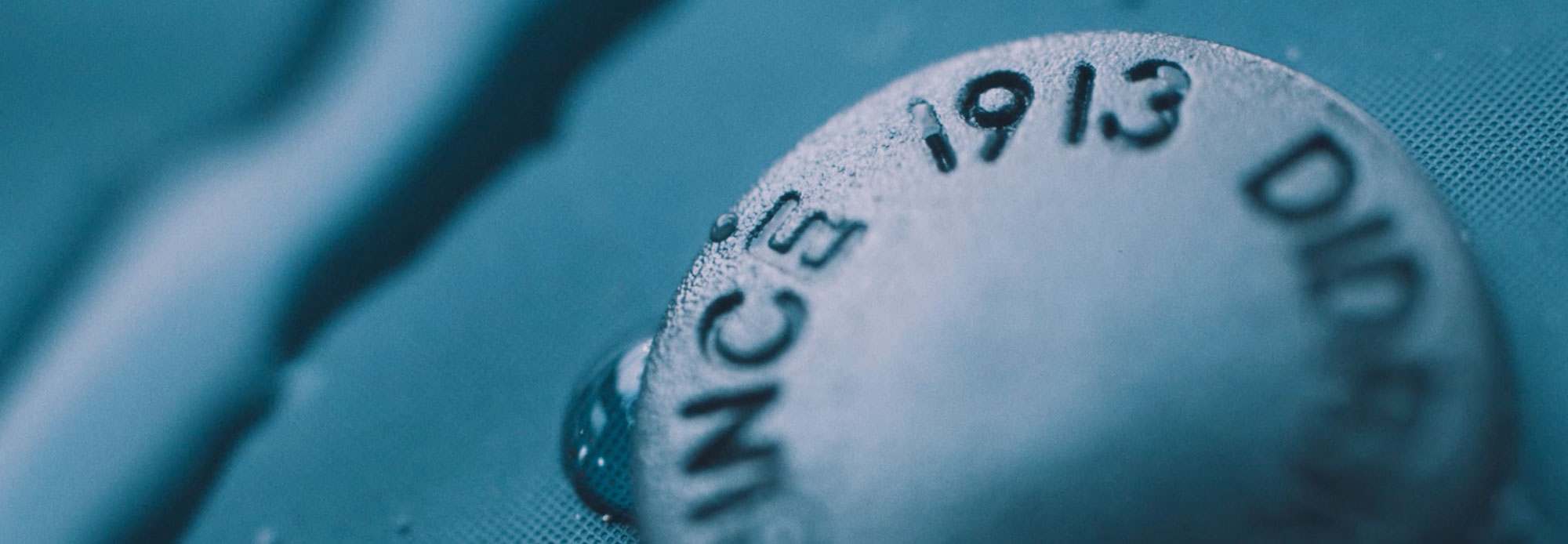
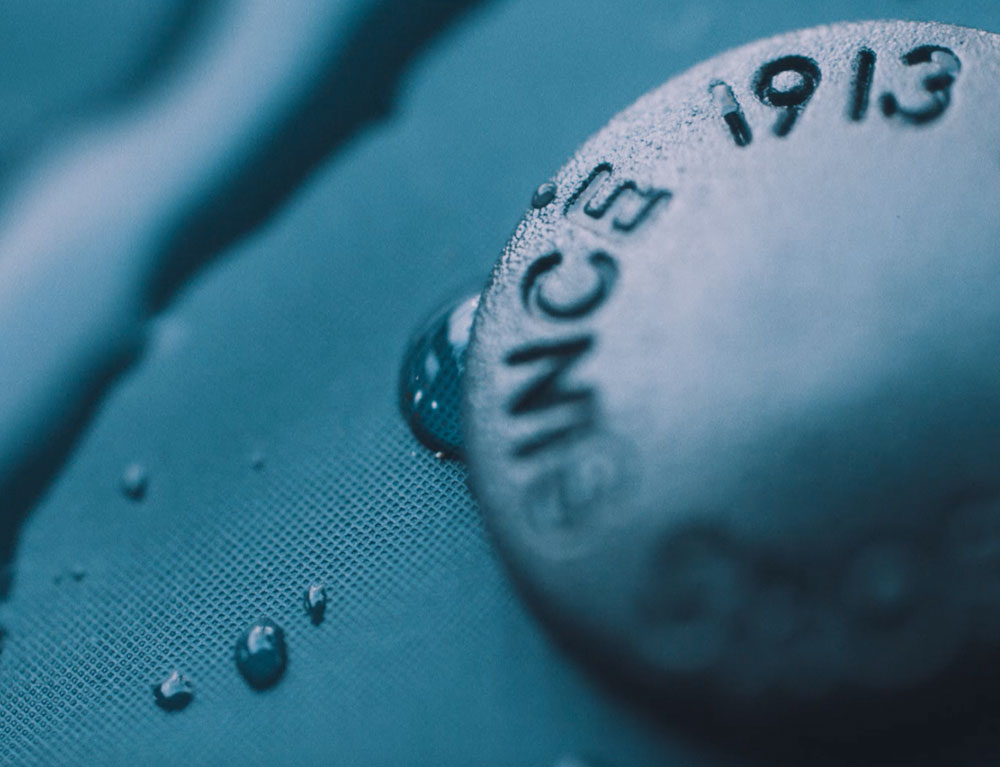
Waterproof rating
In order to measure waterproofness of rain gear we use a method that simulates a certain level of water pressure against the surface of the fabric. The higher the pressure, the more resistant the fabric to the pressure exerted by the water.
The waterproofness of the fabric is tested by placing a very tall cylinder on the fabric and filling it with water until the water penetrates the fabric. Once this happens, we measure how high the cylinder was filled (in millilitres) at that point.
Market rules allow a garment to be marketed as waterproof if it achieves a result of 1,500 mm in this test. Our Galon garments have a waterproof rating equivalent to 5,000-8,000 mm and our other waterproof garments have a waterproof rating between 5,000 and 15,000 mm.
We always test our garments in accordance with the European standard (EN ISO 811). There are also Japanese and American standards with slight variations that simulate the same thing, but as the water pressure is increased at varying rates depending on the standard you can end up with widely differing results. EN ISO 811 increases the pressure at a slower rate, which exposes the material to high pressure over a longer period, making it more difficult to achieve the higher values for waterproofness.
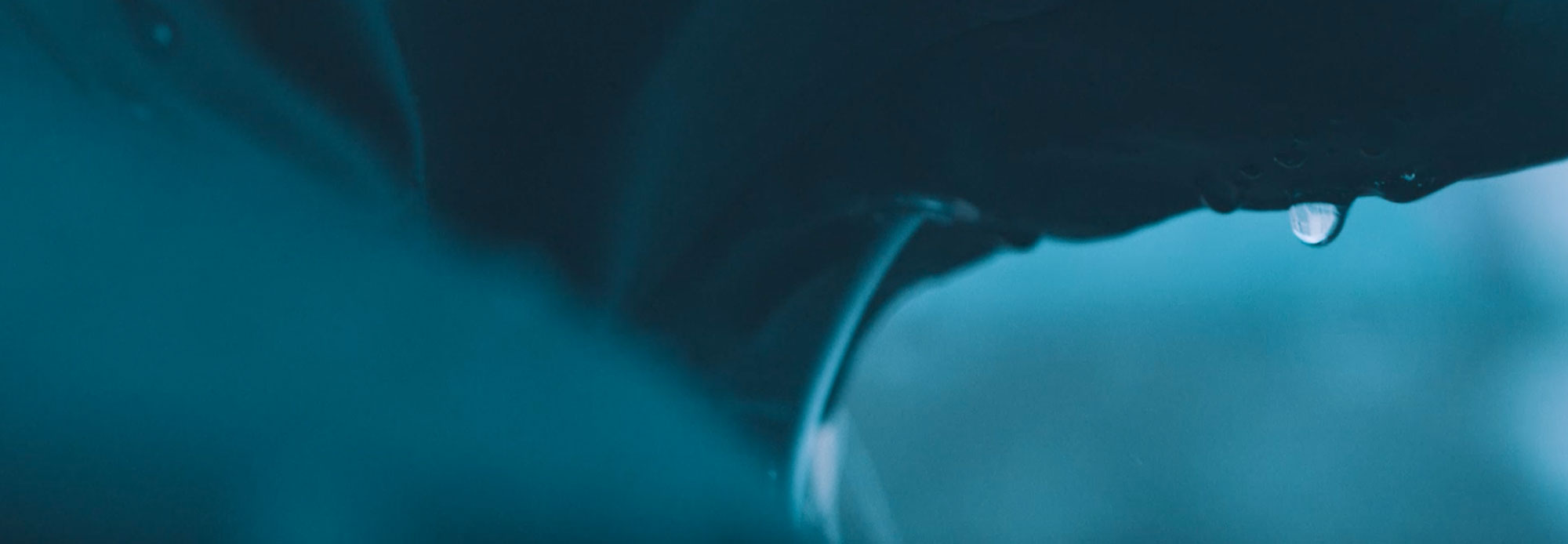
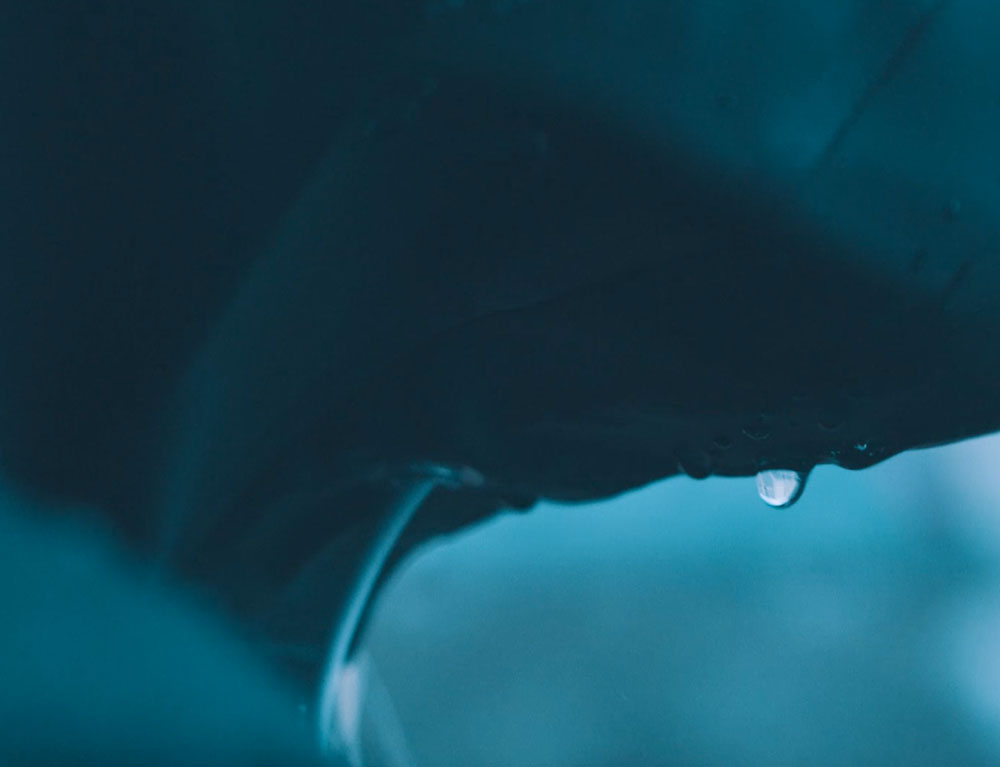
Waterproof fabrics
A waterproof garment (not made of Galon®) from Didriksons has a coating on the inside of the fabric, concealed by a lining or other material. In other words, it is not the fabric itself that makes our garments waterproof. In addition to the coating on the inside, the garment has a water-repellent surface treatment on the outside. This finish is often referred to as DWR (Durable Water Repellency).
In order to ensure a garment is completely waterproof, all joins and seams are sealed using waterproof tape. Consequently, it is not the water-repellent finish that makes the garment waterproof, but rather the coating concealed inside the garment.
Galon®, however, does not require any water-repellent treatment, as the waterproof layer is on the outside. This makes Galon® an easy-care fabric and it is generally sufficient to simply wipe the garment over with a wet cloth when it gets dirty.
Impregnation and reimpregnation
A waterproof garment (not made of Galon®) from Didriksons is impregnated with a water-repellent treatment. This wears off after a while and the garment will need to be reimpregnated. How soon you need to do this depends on how wet the garment gets and how much wear and tear it has been exposed to. However, when raindrops no longer bead on the surface, that is a sign that reimpregnation is needed. Remember that moisture will not penetrate through to your body just because the outer fabric becomes wet. So why impregnate?
- It protects the jacket from getting wet and heavy
- It counteracts dirt getting into the fabric
- Spots and stains are easier to wipe off
You don’t need to apply new water-repellency treatment with every wash. Applying heat after the garment has been wet or has come out of the washing machine is often enough to reactivate the water-repellent impregnation; for example, by ironing it or giving it a few minutes in a drying cabinet or tumble dryer. If that is not enough, there are products that can be sprayed on or added to the washload. Be sure to use a type of impregnation that is free from fluorocarbons.
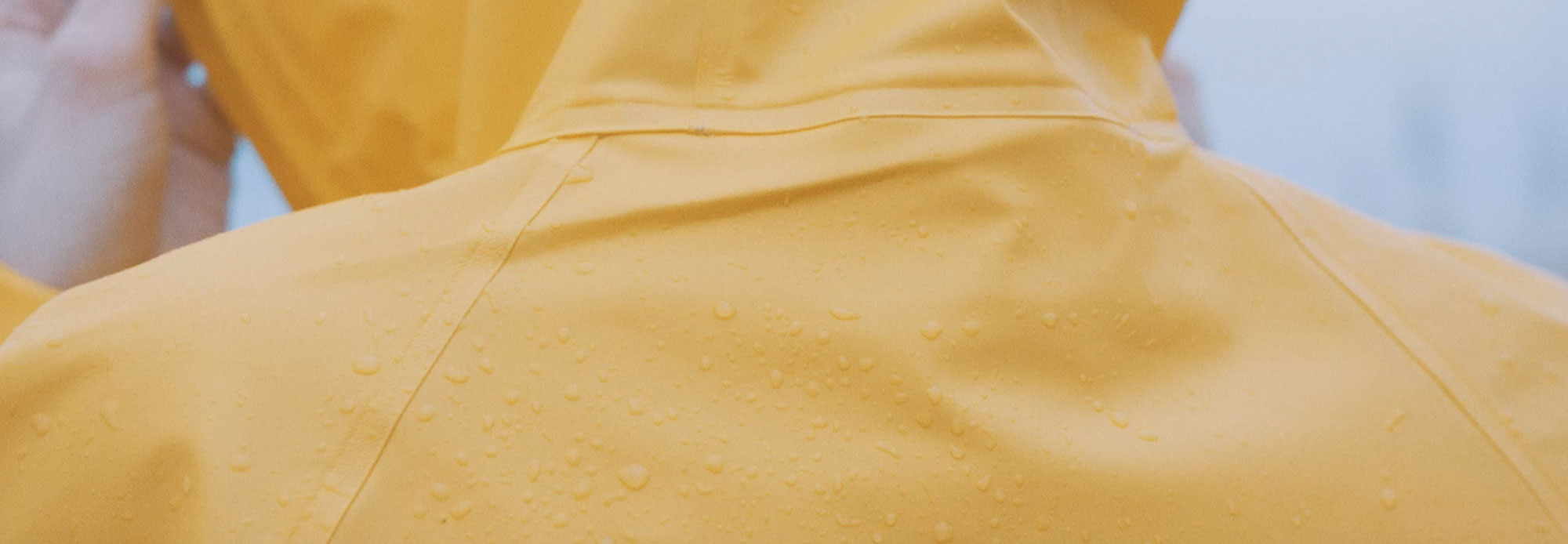
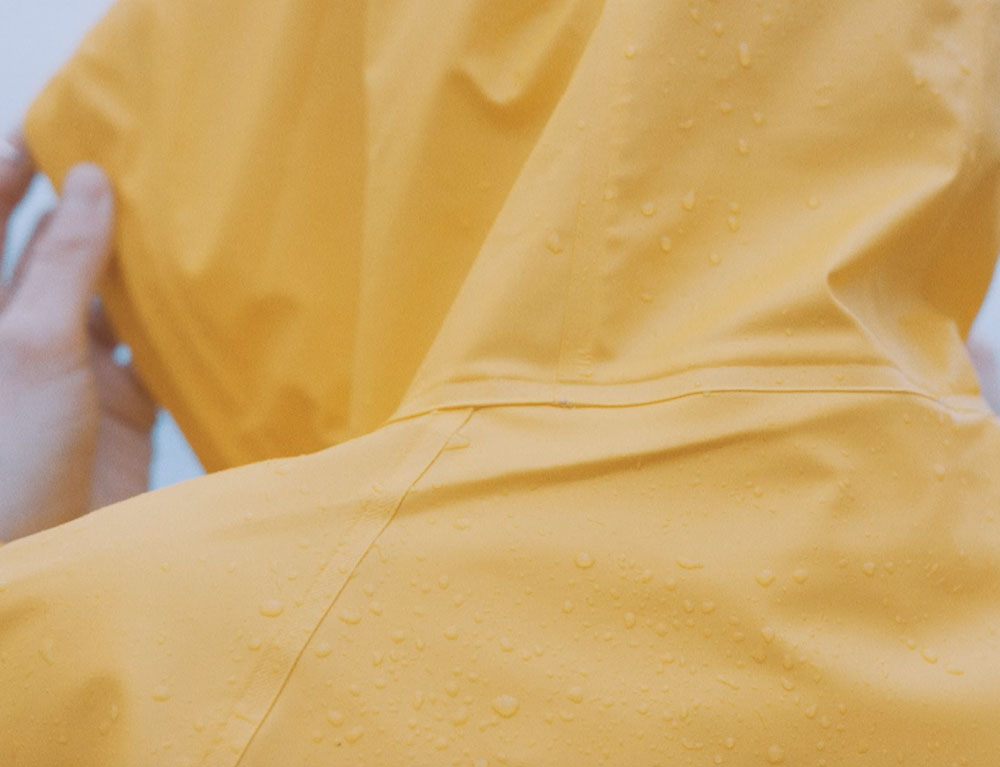
Galon®
Galon® is a hardwearing and waterproof material that never needs any surface treatment and rarely needs washing, which makes it extremely sustainable.
The difference between Galon® and woven waterproof fabrics is that Galon® does not allow water molecules through in the form of vapour. If the vapour cannot get out, it forms condensation, and as a result you feel damp and then cold.
Galon® is primarily used for garments where the level of activity is likely to be lower. To allow us to still use Galon®, which has many fantastic characteristics, we have incorporated mechanical ventilation into several of our Galon garments. This means that the garments have openings to let the vapour out. Naturally, these openings are well concealed, under a rear yoke, for example, so that water does not find its way in.
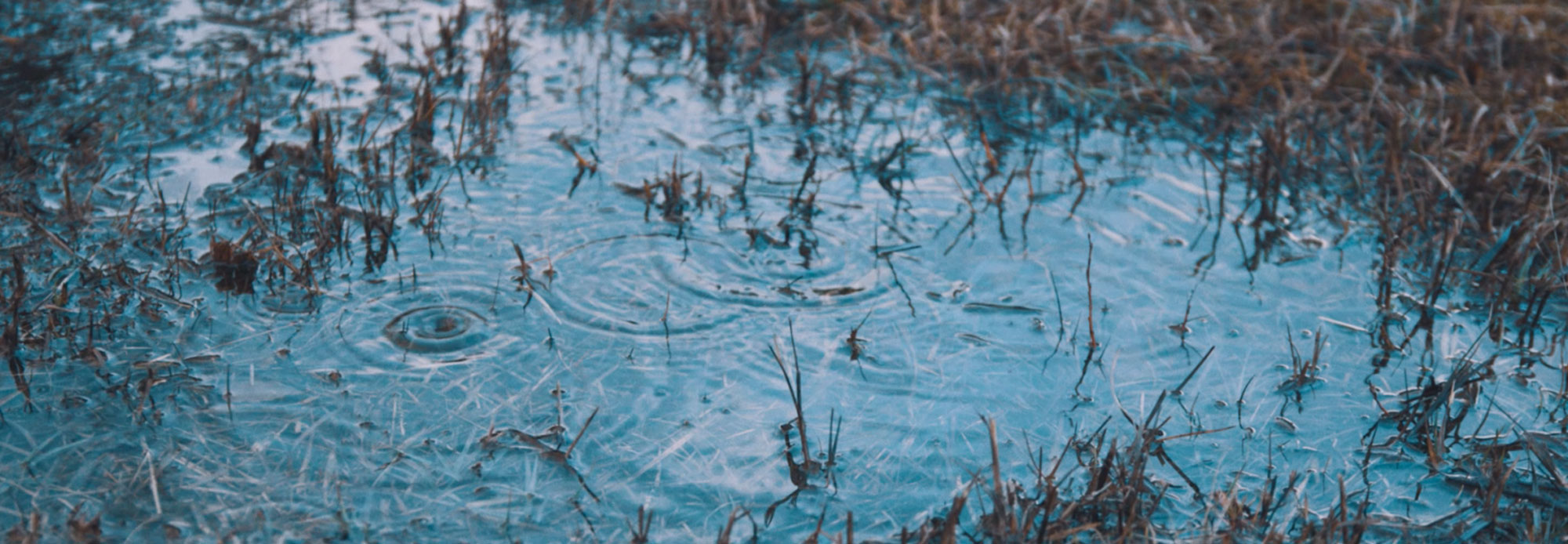
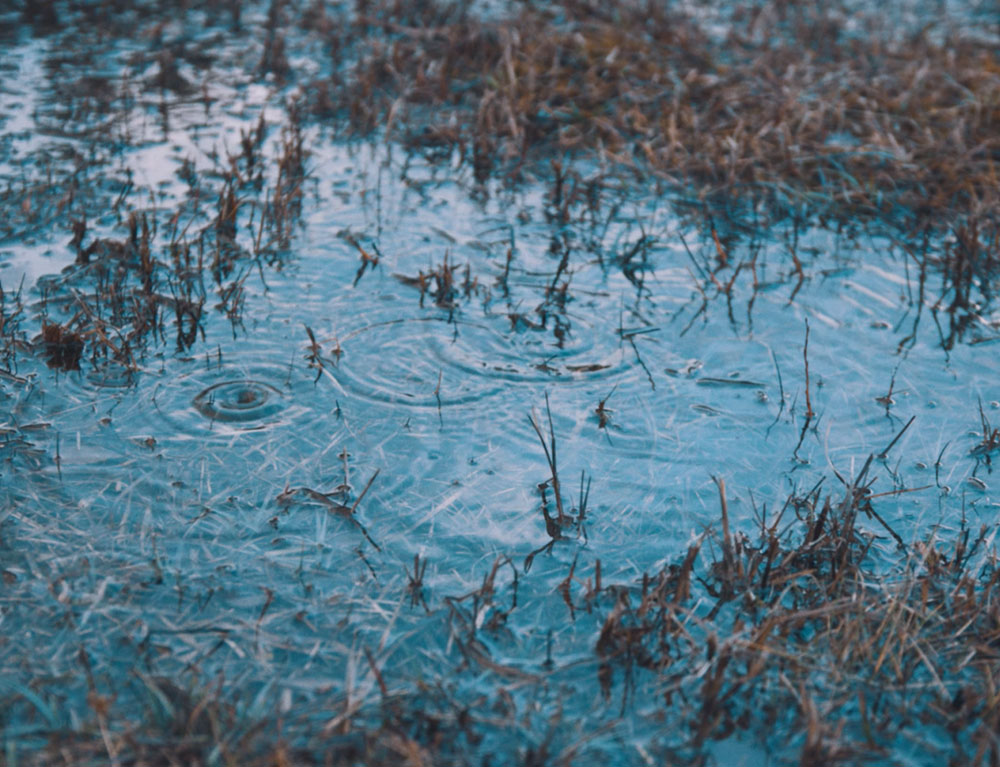
Solution dyeing technique
In order to minimise the use of water in our production process, we have been using a technique known as “solution dyeing” for five years now for dyeing certain of our synthetic materials.
This process involves adding the colour pigment when producing the yarn. This means that you avoid the normal dyeing process, where you weave the fabric first using undyed yarn and then dye the fabric in a machine resembling a giant washing machine. Read more here.
Recyclable rainwear
For the first time we are launching recyclable polyester clothing that is both wind and waterproof. If your garment bears our recycling symbol, then you know that it can be recycled down the line and turned into new material.
We have solely used polyester in the production of our recyclable garments and have verified, by means of laboratory studies, that all textile components, including our new polyester membrane, can be recycled. This means that all components of the garment (apart from zips and snap fasteners) can be broken down and recycled into new material. Read more HERE.
PFC-free/PFAS-free water-repellent treatment
For us, it is not only important to save water, but also to ensure that we are not discharging hazardous substances that may contaminate water and the environment. Our surface treatments to make our garments water-repellent are free from fluorocarbons/perfluorinated substances.
These substances have been a long-standing topic of discussion, since they are spread through air, water and food and can be carcinogenic and affect reproduction. We have been working to eliminate these substances, and all our surface treatments have been free from these substances since 2015.
